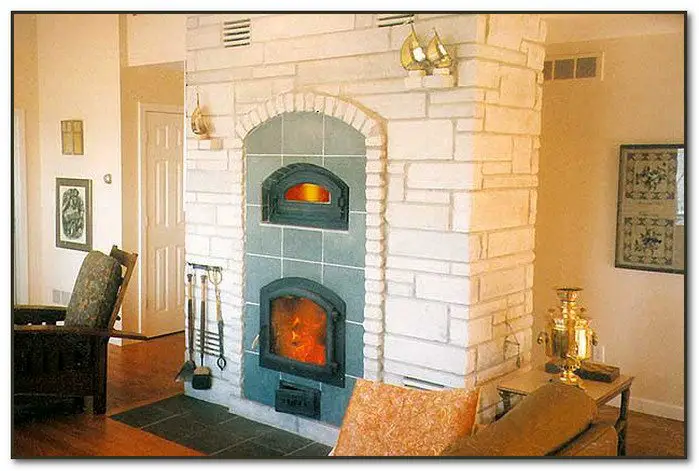Do you want a wood burning heater? Many people who would say ‘Yes’ emotionally then shy away from them because of their reputation for being polluting, dirty and hard work to operate and maintain.
[adinserter block=”11″]
Click on any image to start lightbox display. Use your Esc key to close the lightbox. ?
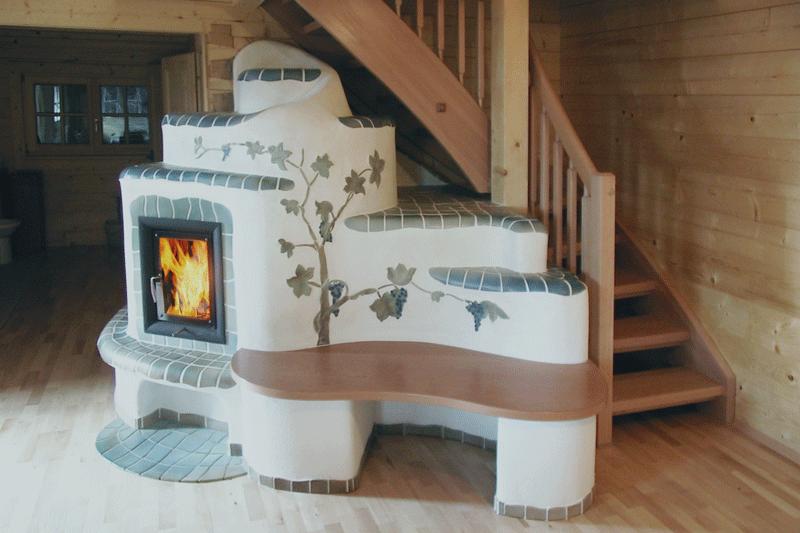
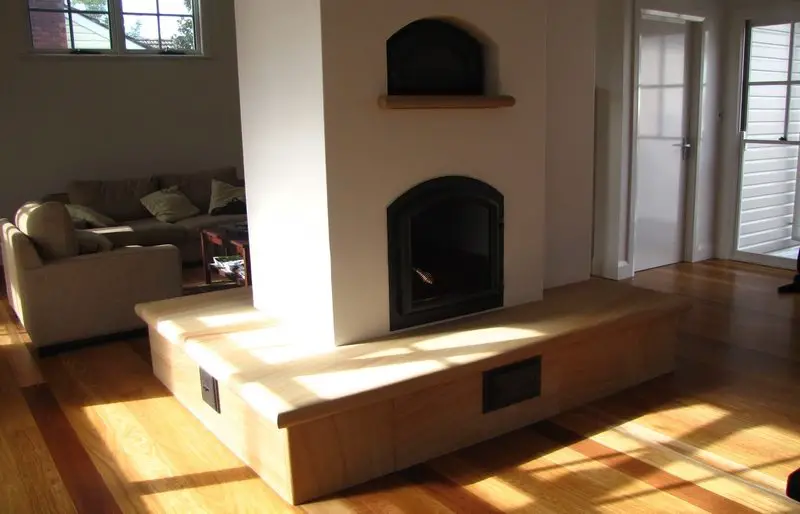
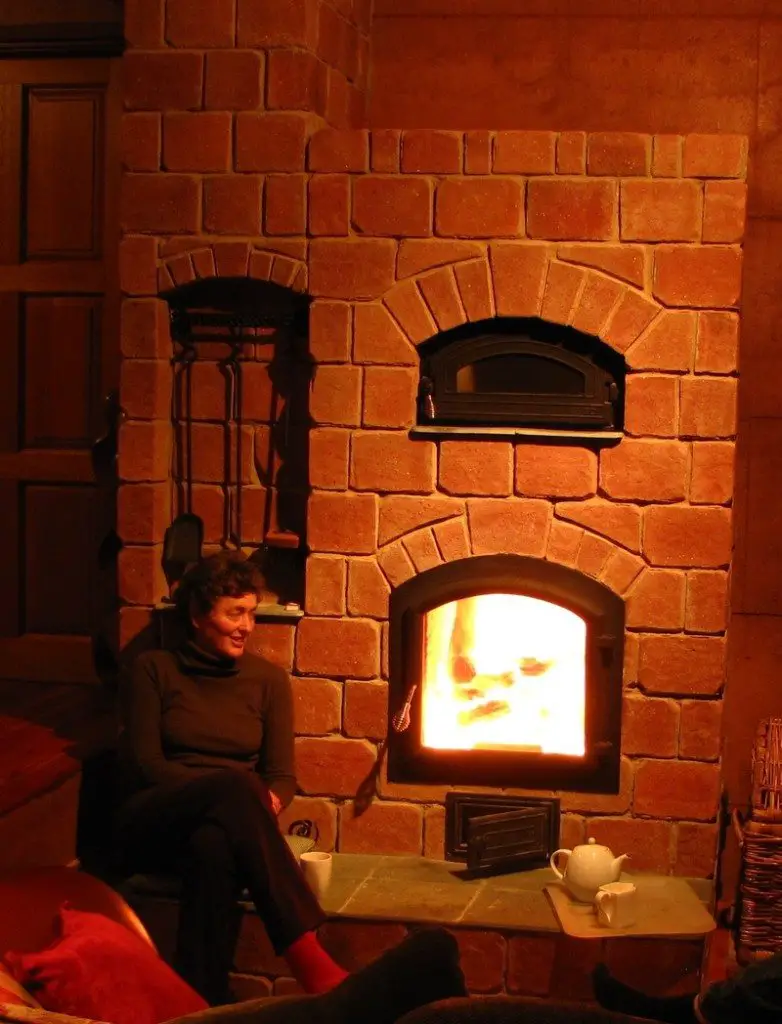
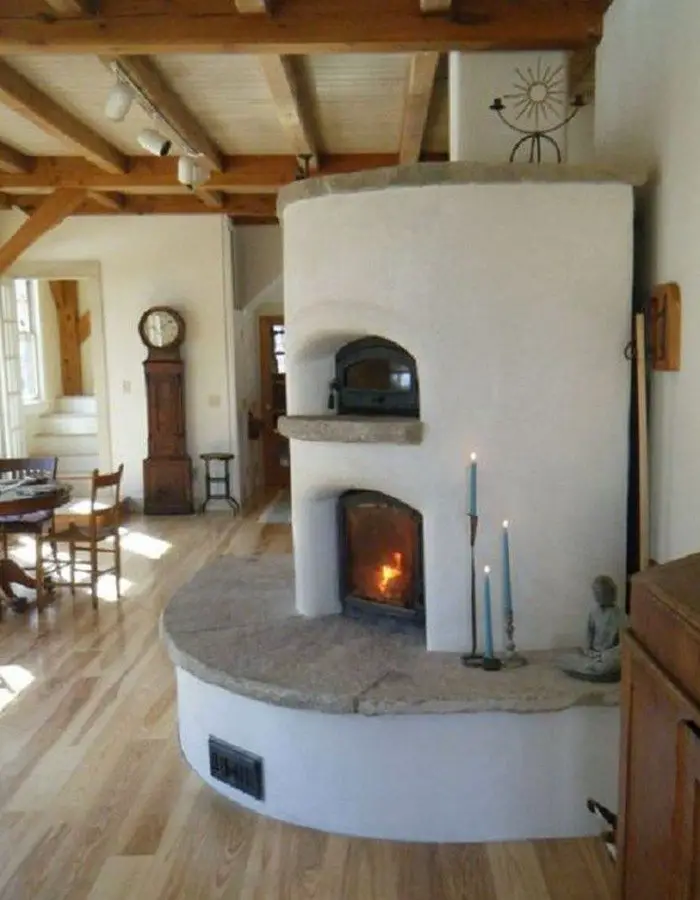
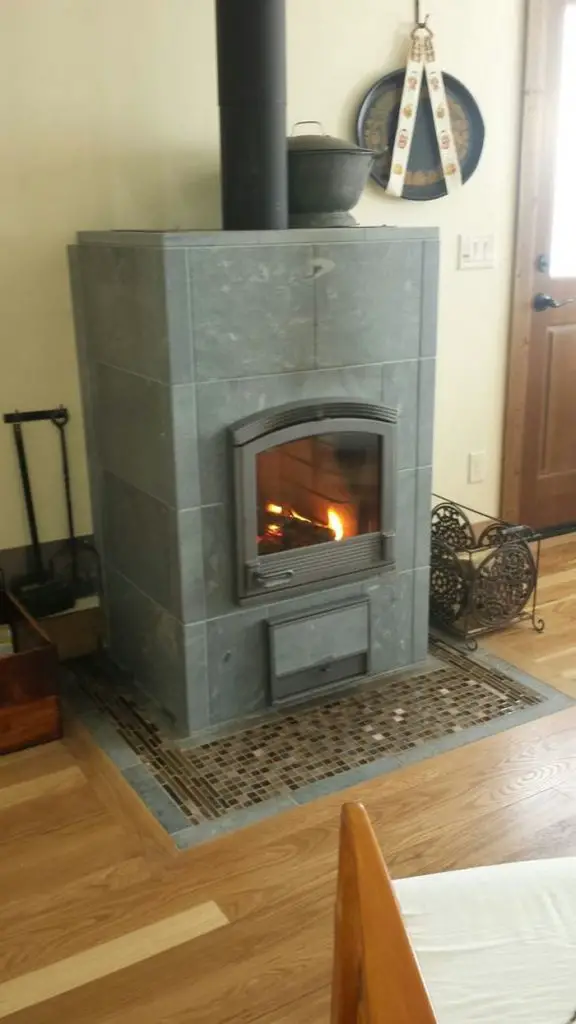
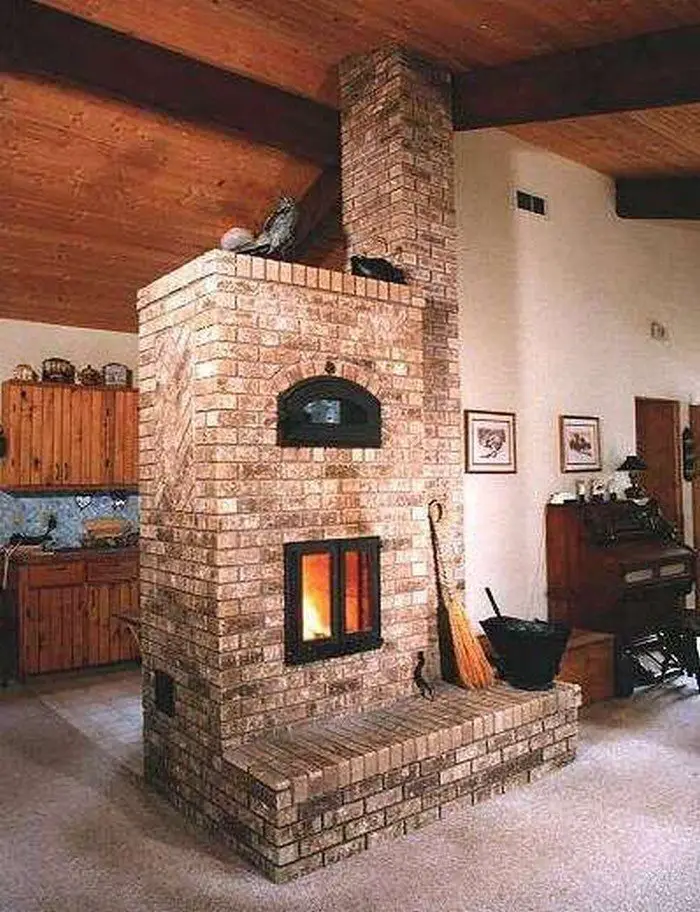
But what if a wood burning heater offered these benefits:
- Leaves little ash
- Releases few emissions
- Doesn’t need constant refuelling
- You can lean against while it is burning
- Doesn’t clog up your flue with deposits
- Is a beautiful and unique feature of your home
- Gives up to 24 hours of heating from a two hour burn
A Masonry Heater ticks all these boxes – and more! So where have they been?
History
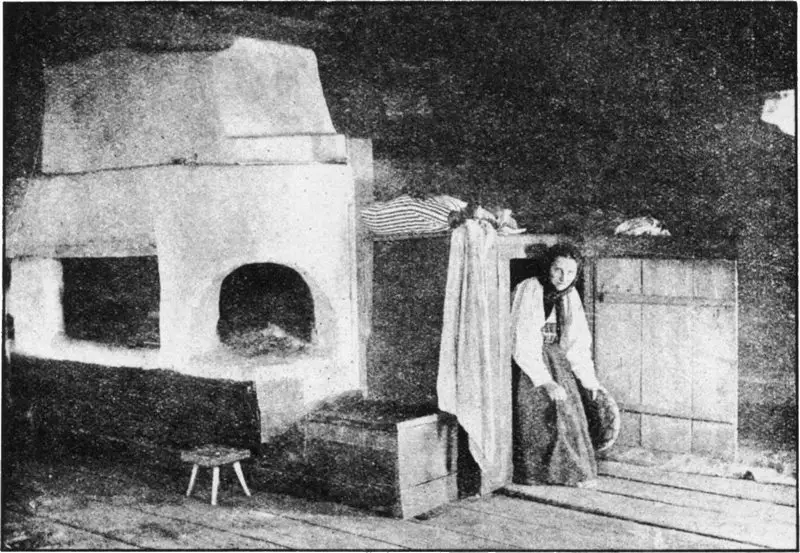
In the sixteenth century in central Europe there was a fuel crisis. We tend to see these as a modern phenomenon but back then the only fuel generally available was wood and as the cities grew, it became more and more difficult to source enough wood to keep the open fires burning. A more efficient system was needed and the powers that be set their technicians to work. The result was the Masonry Heater, which in the centuries since has evolved into many different forms across all parts of the northern hemisphere where heating is needed.
Working Principles
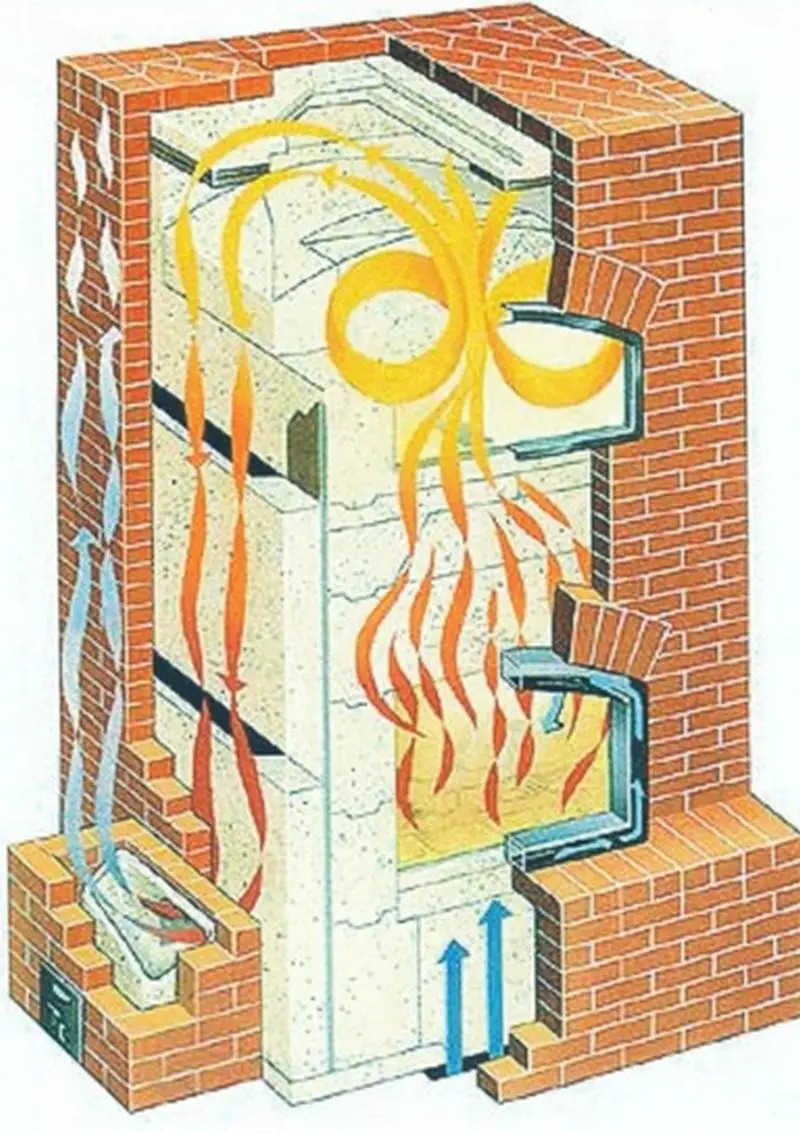
The principals upon which a masonry heater works are those of thermal mass and combustion efficiency. Any heated material will retain that heat for a time. Dense masonry materials can store heat for long periods, thus a sun-warmed rock will still be warm far into the cold of night. Unfortunately many solid-fuel home heaters lack any thermal mass apart from a firebrick lining, so as long as fuel is burning they will emit heat but when the fire is out the heat is gone.
Continued Page 2…

